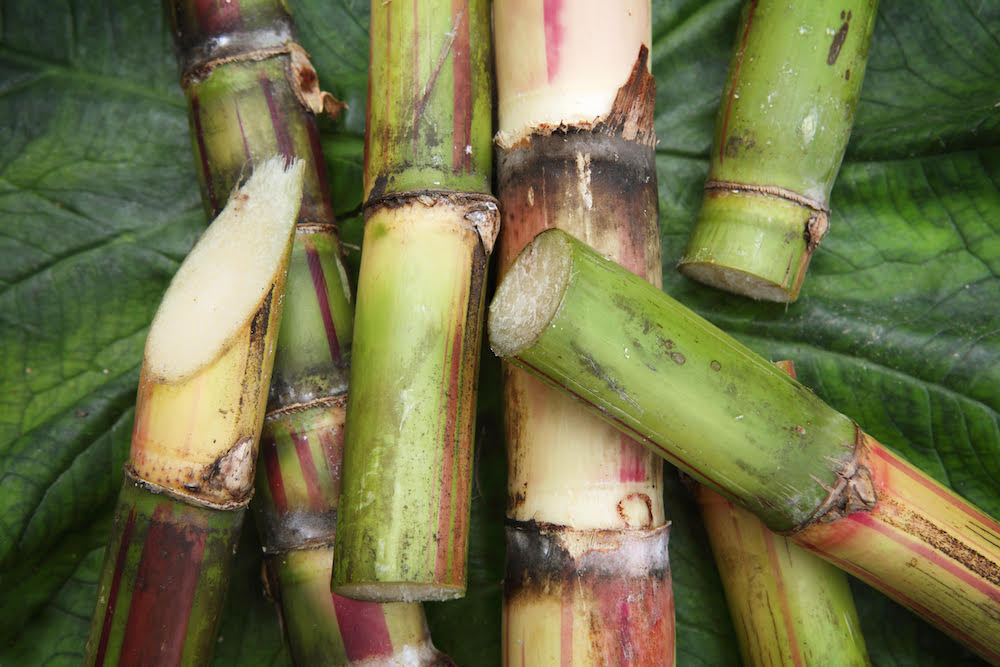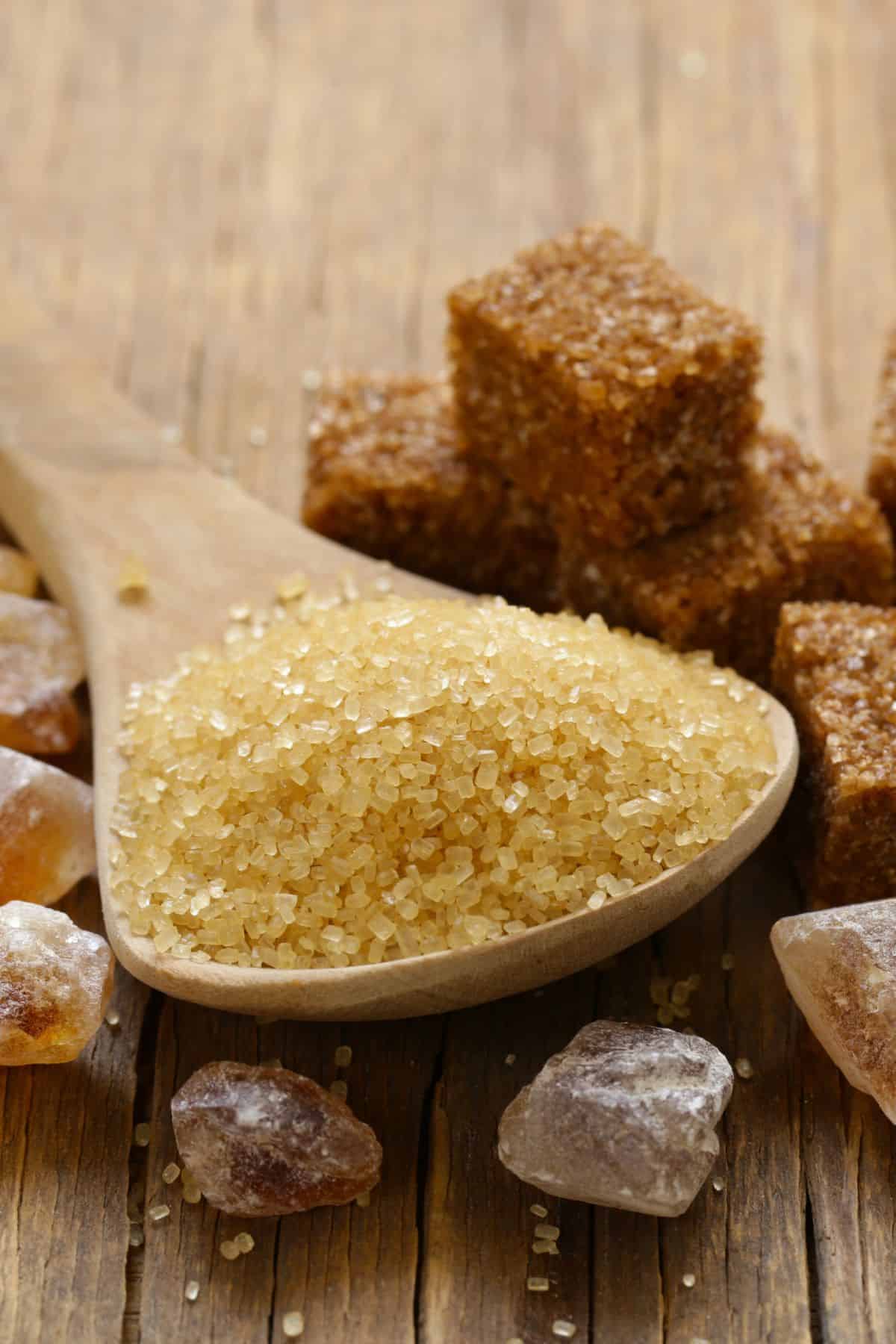Why Walking Stick Sugar Processing Chemicals Are Essential for Modern Sugar Refining
The duty of walking cane sugar handling chemicals in modern sugar refining can not be overstated, as they are essential to improving both the effectiveness of removal and the overall quality of the final item. Representatives such as phosphoric acid and certain flocculants are employed to eliminate contaminations, resulting in sugar that not just fulfills consumer expectations but also sticks to market requirements.
Function of Processing Chemicals
The efficacy of cane sugar processing pivots dramatically on the strategic application of handling chemicals. These chemicals play a pivotal function in enhancing the efficiency and top quality of sugar removal and refining. From the first phases of juice removal to the final purification actions, handling chemicals facilitate different crucial procedures.
In the removal stage, chemicals such as phosphoric acid and calcium hydroxide are utilized to optimize the explanation procedure, aiding to get rid of pollutants and suspended solids from the cane juice. This not only improves the return but additionally makes certain the clarity of the end product. Additionally, representatives like flocculants help in the fast settling of impurities, therefore improving the general process.
As the processing advancements, chemicals are made use of in decolorization and formation phases. Turned on carbon and ion exchange resins offer to eliminate shade and odor, guaranteeing that the polished sugar meets customer high quality requirements. Ultimately, the function of handling chemicals prolongs past functional performance; they dramatically impact the sensory features of the last product, contributing to market competitiveness. Therefore, the careful choice and application of these chemicals are essential for attaining optimum outcomes in walking stick sugar handling.
Trick Kinds Of Chemicals
Cane sugar handling counts on a selection of essential chemicals that help with each phase of production. These chemicals play vital roles in clarifying, lightening, and cleansing the sugar removed from walking cane.
One main category of chemicals consists of flocculants, such as polyacrylamide, which help in the explanation process by promoting the gathering and settling of impurities. Furthermore, calcium hydroxide is frequently used to neutralize level of acidity and help in the removal of non-sugar elements.
Whitening representatives, such as triggered carbon and sulfur dioxide, are utilized to decolorize the syrup, resulting in a more clear last item. These chemicals help get rid of color compounds that might influence the sugar's look and marketability.
In addition, phosphoric acid works as a pH regulatory authority throughout the processing stages, guaranteeing optimum problems for the chemical tasks associated with sugar removal and purification.
Various other vital representatives consist of edta (ethylenediaminetetraacetic acid), which chelates steel ions that might militarize unwanted reactions, and sodium hydroxide, which aids in pH control throughout the refining process. Jointly, these chemicals boost performance and make certain a top quality walking cane sugar item.
Advantages for Sugar Quality
Commonly ignored, making use of particular handling chemicals considerably improves the total high quality of cane sugar. These chemicals play an essential function in refining processes, ensuring that the end product meets strict market standards for pureness and preference.

In addition, refining chemicals aid in accomplishing a constant granulation and appearance, which are essential for customer approval. By regulating the condensation process, these chemicals guarantee that the sugar crystals create consistently, causing an extra attractive item that dissolves well in numerous applications.
Additionally, the use of these chemicals can boost the rack life of walking cane sugar by lessening dampness absorption and microbial growth. Generally, the strategic application of processing chemicals is necessary for providing high-grade walking stick sugar that fulfills consumer assumptions and market demands.
Environmental Impact Factors To Consider

Furthermore, the energy-intensive nature of sugar refining, compounded by chemical use, commonly causes increased carbon discharges. This contributes to climate change and raises worries relating to the sustainability of present refining methods. Furthermore, the sourcing of these chemicals might include techniques that threaten biodiversity, such as monoculture farming, which minimizes the resilience of farming ecological communities.

To minimize these influences, sugar refiners are significantly discovering lasting options and taking on ideal methods that minimize chemical use. Carrying out extensive ecological monitoring systems can help ensure that the refining process navigate to these guys aligns with environmental requirements and advertises biodiversity. Ultimately, a well balanced technique that focuses on both sugar high quality and environmental stewardship is essential for the lasting practicality of the sugar market.
Future Patterns in Refining
As the sugar industry comes to grips with the ecological challenges linked with conventional refining approaches, innovative approaches are arising to boost both efficiency and sustainability. One considerable fad is the fostering of environment-friendly chemistry principles, which prioritize making use of non-toxic, eco-friendly handling chemicals. This shift not only lessens environmental effect however likewise addresses consumer demand for cleaner production approaches.
Another encouraging advancement is the implementation of sophisticated purification modern technologies, such as membrane layer splitting up and adsorption procedures. These strategies improve the clearness and quality of the sugar while minimizing the quantity of wastewater produced throughout refining. Furthermore, the integration of digital modern technologies, consisting of IoT and AI, is changing operational performance by allowing real-time tracking and predictive maintenance, hence lessening source waste.
Furthermore, using by-products from sugar refining, such as bagasse and molasses, is gaining traction. These materials can be transformed into biofuels or value-added products, adding to a circular economic climate within the market. Jointly, these trends signal a shift in the direction of more sustainable methods that not just enhance functional effectiveness but likewise align with global sustainability objectives, ensuring the future stability of sugar refining.
Final Thought
Walking stick sugar processing chemicals are essential in contemporary sugar refining, substantially improving the effectiveness and quality of sugar extraction. The strategic use these chemicals not just enhances the purity and flavor of the last item however also makes sure constant crystallization and texture. As the industry significantly prioritizes sustainability, the adoption of environmentally-friendly processing agents is likely to shape future fads in refining, eventually leading to better items and prolonged life span for consumers.

Ultimately, a well balanced technique that prioritizes both sugar high quality and ecological stewardship is essential for the long-term viability of the sugar market.
Walking stick sugar handling chemicals are essential in modern sugar refining, considerably enhancing the performance and top quality of sugar removal.